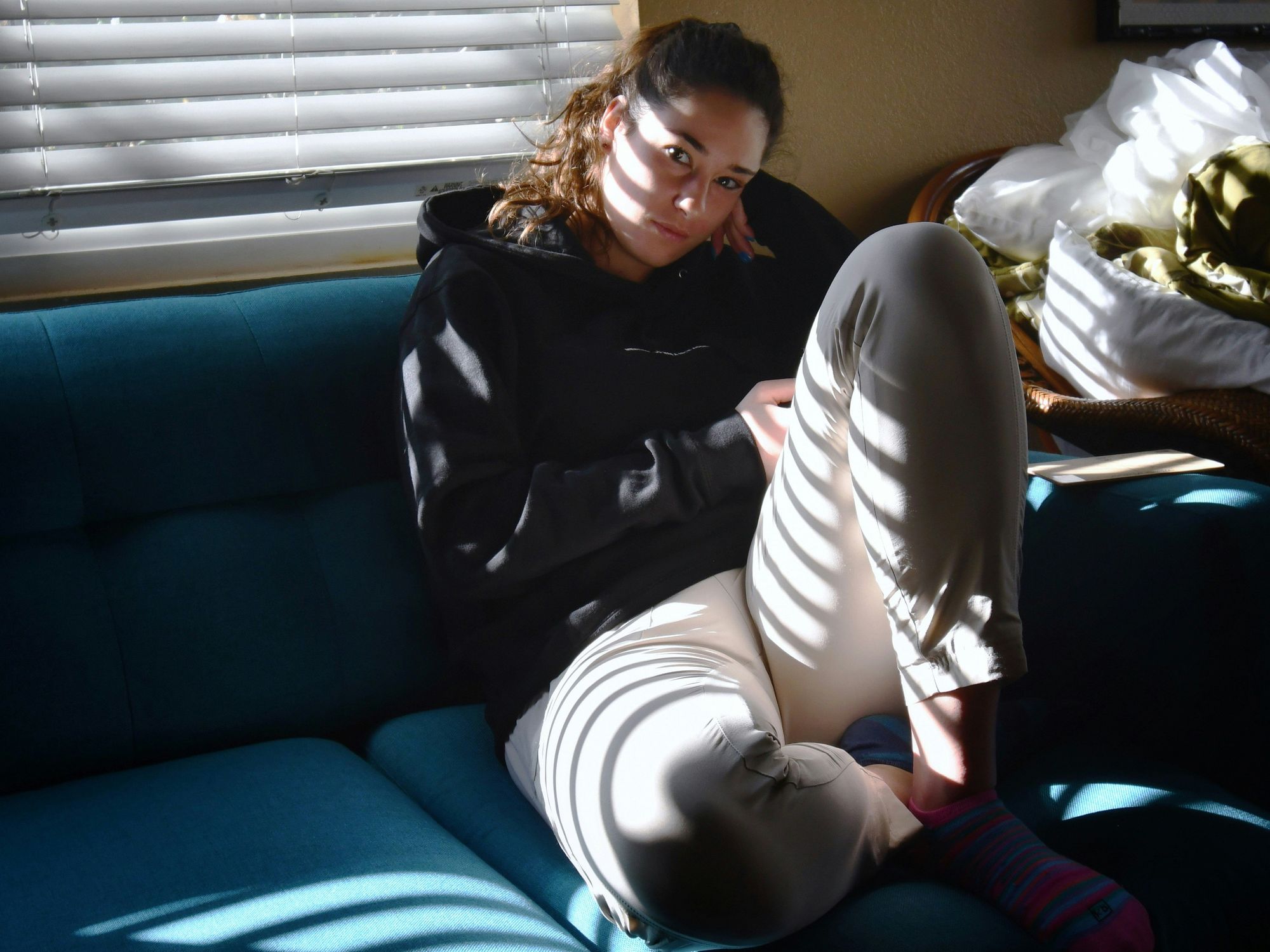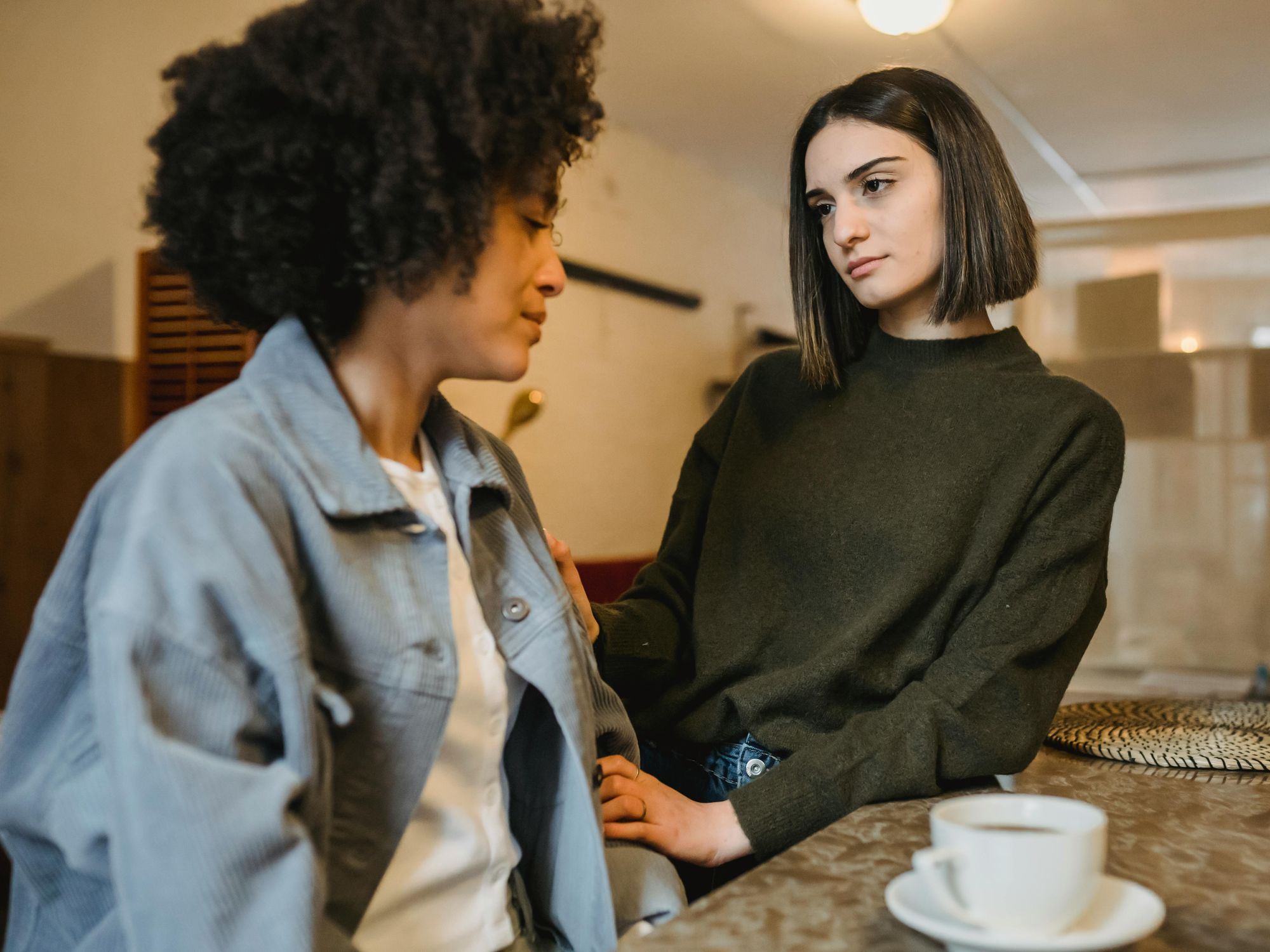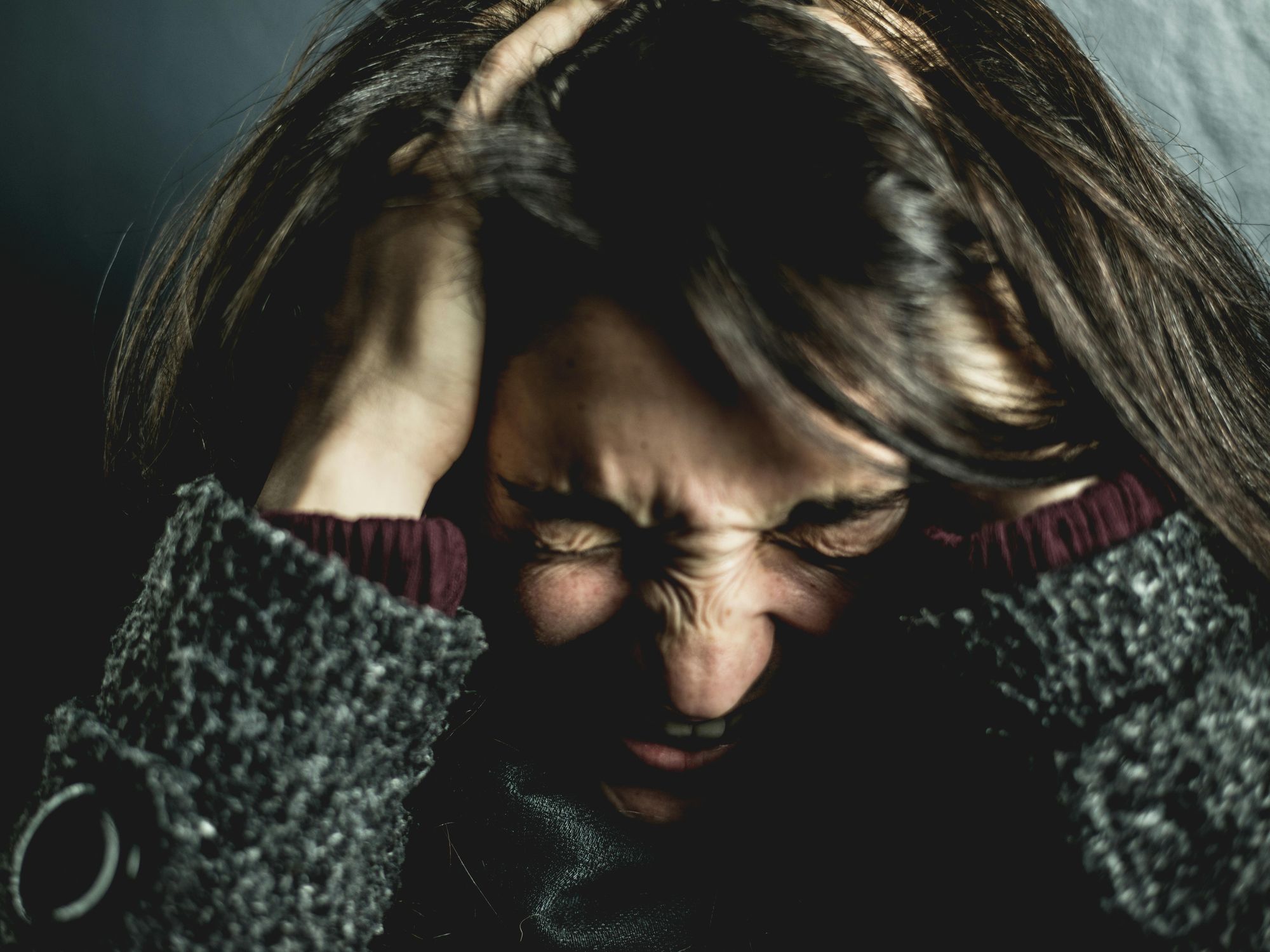The Situation is still Critical
The Palisades Fire, which began in the early morning of January 7 has consumed close to 24,000 acres as of January 13 and remains at 13% containment. This fire has led to the evacuation of more than 30,000 residents, including high-profile celebrities and Hollywood executives. An estimated 5,000 structures including homes and businesses have been destroyed, with 12,250 additional properties at risk.
The Eaton Fire, burning in the Eaton Canyon area located to the east of downtown Los Angeles, has escalated to over 14,000 acres. The fire has forced evacuations of over 153,000 people, destroyed structures, and claimed the lives of eight people, injuring at least 5 others, though the exact number continues to be unclear at this time.
Firefighters are still working to slow the spread of the Eaton Fire and protect critical infrastructure under extreme conditions including another red flag warning issued the morning of January 12 and is expected to last through 6 pm, Wednesday, January 15. The strongest winds are expected to occur on Tuesday, January 14.
The Eaton fire is now at 33% containment as of the latest reports. Authorities have also issued mandatory evacuation orders for zones in the affected areas, including parts of Altadena, Pasadena, La Cañada Flintridge, and Sierra Madre. Meanwhile, the Hurst fire is 95% contained and the Lidia and Sunset fires were extinguished.
The fires were fueled by extreme Santa Ana winds, with gusts reaching up to 99 mph in some areas. These extreme conditions, added to an already drought-ridden landscape, created a dangerous and unpredictable environment, complicating evacuation efforts and firefighting strategies across the board. The fires have collectively cost 19 lives in total, according to the latest CAL Fire reports, though news outlets like BBC are reporting as many as 24 fatalities.
Residents are urged to continue to stay vigilant and track the ongoing incidents here, following all evacuation orders, and staying informed to ensure their safety.
Critical Resources for Residents
Residents can track fire activity, evacuation zones, and updates through CAL FIRE’s Incident Information Page and Alert LA County. CAL FIRE provides real-time updates, and you can register on Alert LA County to receive emergency notifications. The language on the Alert LA County website can be switched to Spanish by clicking the orange “Language” button and selecting Spanish from the dropdown menu.
Shelter and Housing Resources
Emergency shelters are also available for residents displaced by the fires. Locations include:
- Westwood Recreation Center (1350 S. Sepulveda, Los Angeles, 90025), where domestic family pets are welcome if kept in carriers or crates.
- El Camino Real Charter High School (5440 Valley Circle Blvd, Woodland Hills, CA 91367).
- Ritchie Valens Recreation Center (10736 Laurel Canyon Blvd, Pacoima, CA 91331) for residents impacted by the Hurst Fire.
- Pasadena Convention Center (300 E. Green St, Pasadena CA 91101).
- Pan Pacific Recreation Center (7600 Beverly Blvd, Los Angeles, CA 90036).
- Pomona Fairplex (1101 W McKinley Ave. Pomona).
- Hollywood High School (1521 Highland Avenue, Los Angeles, CA 90028).
- Re/Creation Cafe (4500 Washington Boulevard, Los Angeles, CA 90016).
- Tapestry Church (1521 S Hill St, Los Angeles, CA 90015).
- All LA locations of Planet Fitness are offering shelter to evacuees.
- White Memorial Church (401 N State St Los Angeles, CA, 90033).
- St Sarkis Armenian Church (58 S Sierra Madre Blvd, Pasadena, CA 91107).
- Pasadena All Saints Church (132 N Euclid Avenue, Pasadena, CA 91101).
- First Baptist Church (75 N Marengo Ave, Pasadena, CA 91101).
- Reality Center (1428 2nd St #400, Santa Monica, CA 90401).
For residents with animals, the following shelters are available:
- Los Angeles Equestrian Center (480 W Riverside Dr, Burbank, CA 91506).
- Pierce College Equestrian Center (7100 El Rancho Drive, Woodland Hills).
- Agoura Animal Care Center (29525 Agoura Rd, Agoura Hills, CA 91301).
- LA Dream Center Emergency Shelter (2301 Bellevue Avenue, Los Angeles, CA 90026).
- Studio DDLA (944 Chung King Rd).
- Pasadena Convention Center (300 E. Green Street, Pasadena, CA 91101) for pets on leash and in carriers.
There are also animal shelters providing housing and care for small and large evacuated animals:
For small animals:
- Agoura Animal Care Center (29525 Agoura Rd, Agoura Hills).
- Baldwin Park Animal Care Center (4275 Elton St, Baldwin Park).
- Carson Animal Care Center (216 W Victoria St, Gardena).
- Castaic Animal Care Center (31044 Charlie Canyon, Castaic).
- Downey Animal Care Center (11258 Garfield Ave, Downey).
- Lancaster Animal Care Center (5210 W Ave I, Lancaster).
- Palmdale Animal Care Center (38550 Sierra Hwy, Palmdale).
For large animals:
- Pomona Fairplex (1101 W McKinley Ave, Pomona).
- Industry Hills Expo (16200 Temple Ave, City of Industry).
- LA Equestrian (480 Riverside Dr, Burbank) (At capacity as of January 12).
- Hansen Dam Horse Park (11127 Orcas Ave, Hansen Dam, CA 91342).
- Castaic Animal Care Center (31044 Charlie Canyon, Castaic).
- Pico Rivera Sports Arena (11003 Sports Arena Dr, Pico Rivera, CA 90601, USA).
Mutual Aid and Shared Resources
FEMA assistance is available for LA County residents who have been impacted by the fires. Government agency LA County Recovers provides all the information in one place, including instructions in English and Spanish on how to apply for FEMA assistance. This application process is the same for those impacted by the Eaton and Palisades fires. LA County Recovers also provides a complete list of contact information for all LA County departments. Users also can sign up to receive daily updates about essential emergency information and recovery resources.
As of January 13, a significant number of GoFundMe pages have been created in response to the ongoing crisis, including GoFundMe's own fundraiser Wildfire Relief Fund 2025. This has been a helpful resource for Latine families and others displaced by the fires to obtain support. For those who intend to apply for FEMA assistance and want to create GoFundMe campaigns as well, it's recommended to follow certain guidelines to avoid conflicts with FEMA assistance. Such as:
- Using broad language to frame the campaign instead of specifying expenses like medical bills, home repairs, or cleanup.
- Focusing on general recovery and supplemental needs.
These recommendations are meant to raise general awareness, not to replace legal advice. To understand more about FEMA assistance, read their fact sheet.
Additional emergency resources and support guides are available in this document, which is constantly being updated with the help of the community to keep it relevant and helpful.
Transportation, Food, Supplies, and More
In partnership with 211 LA, Airbnb is providing free, temporary housing to displaced people, who can request assistance and access by contacting 211 LA. For transportation, Uber is offering a $40 credit that is only valid for trips to active shelters. Use the code WILDFIRE25. Lyft also announced they're offering $25 vouchers, valid for two trips and available to 500 people until January 15. Use the code CAFIRERELIEF25.
The Los Angeles Regional Food Bank is feeding people displaced by the fires. You can find a pantry near you by entering your zip code here. The page is also available in Spanish, simply click the "Ver en Español" button at the bottom. World Central Kitchen also provides meals in affected areas.
For those seeking mental health services and support, call or text the 988 lifeline. For assistance in Spanish, dial 2 when you call 988 or text the word "AYUDA" to 988. The Los Angeles County ACCESS Center is also offering mental health services and referrals, call (1-800-854-7771) to get in touch.
California Insurance Commissioner Ricardo Lara shared this information via social media regarding insurance:
Residents under mandatory evacuation because of wildfire could be eligible for evacuation-related expense reimbursements under their current insurance policy.
Additional Living Expenses coverage typically includes food and housing costs, furniture rental, relocation and storage, and extra transportation expenses, among other costs.
Tips for evacuees:
📄Obtain a complete copy of your insurance policy
💵Take note of your additional living expense limit
📥Track all your additional expenses
📝Document all conversations with your insurer/adjuster AND
🚫Don’t rush into any decisions, if you have any doubts CALL US! ☎️ 1 (800) 927-4357
The California Department of Insurance also announced a one-year moratorium on the cancellation of insurance policies. More information can be found at insurance.ca.gov.
Business owners who have been impacted by the wildfires can access essential resources to rebuild here, compiled by legalmiga law, P.C.
Emergency Preparation
Residents in fire-prone areas are urged to assemble a go-bag with essential items in case of sudden evacuation, including:
- Personal Items: Identification, insurance documents, and cash.
- Clothing: Sturdy shoes, a change of clothes, and weather-appropriate layers.
- Health Supplies: Prescription medications, first-aid kit, and hygiene products.
- Food and Water: Non-perishable snacks and enough water for at least three days.
- Electronics: Phone chargers, a flashlight, and spare batteries.
- Pet Needs: Food, water, and carriers for animals.
Here’s a complete go-bag checklist in English and Spanish.
The Listos California organization offers helpful resources in English and Spanish for wildfire preparation. Including tips like:
- Have backup plans for electrical medical devices and refrigerated medicines.
- Get a map and plan three different exit routes from home and work.
- Discuss and create an evacuation plan with family members, including choosing a safe meeting place.
Authorities urge all residents in evacuation zones to leave immediately and follow these safety measures:
- Call 911 if you or someone you know requires urgent assistance.
- Check on neighbors, especially the elderly or those with mobility challenges, but only if it is safe to do so.
- Monitor local news outlets and official social media channels for updates.
- For additional updates, follow LA County Emergency Services.
- Subscribe to outage alerts and report downed power lines: LA Dept of Water and Power or with Southern California Edison.
There are currently over 400,000 power outages in California, most of them in the Ventura and Los Angeles counties. In many cases, electricity has been cut on purpose as a safety measure to prevent the electric system from becoming an ignition source,
as reported by CNN.
It's also important to stay aware of the air quality around you, whether you're in an evacuation zone or not, and take precautions to avoid coughing, wheezing, difficulty breathing, asthma attacks, and other respiratory problems, as well as cardiovascular problems, eye and throat irritation, headaches, and fatigue.
Some precautions include staying indoors (if there are no evacuation orders in your area) with windows closed, using air purifiers, and avoiding going outdoors. If going outdoors is unavoidable, residents are urged to wear N95 respirators. For updated air quality reports, refer to this map to check your area.
How to Help
There are many ways to help the relief efforts. Supporting organizations that provide food, like the LA Food Bank and World Central Kitchen, shelter, and resources for evacuees can make a significant difference.
Check mutual aid lists for efforts that match what you can give.
Community volunteers put together a list of donation links for Latino families seeking direct financial support. The list can be found by clicking on this link. To be added or removed from this list, email latinefamileslawildfires@gmail.com. Include the link, name, and description of the person or family needing support.
The We All Grow community is hosting a donation drive and coordinating on-the-ground efforts. Their inquiry form can be found by clicking on this link.
Reporting issues like price gouging is also a good way to help the community during this crisis. It's illegal to increase prices for goods, services, or commodities during a state of emergency under California law. The Department of Consumer and Business Affairs (DCBA) encourages residents to document suspected price gouging by saving receipts and other records. Incidents can be reported via the DCBA website or by calling (800) 593-8222.
Protect Yourself from Fraud
You must ensure the legitimacy of all donation links. Do not donate to, share personal information, or click on unknown or suspicious links. In the digital age, posts spread quickly and the nature of the crisis inspires generosity. Fraudsters know this and prey on community generosity.
A real video of Mexican firefighters in the U.S. from 2020 went viral after influencers shared the video inaccurately stating the video was from the Los Angeles fires. An account then began sharing a Cash App account to try to capitalize on the viral post. This is only one example of the ways unscrupulous people will try to defraud others during a crisis.
California Insurance Commissioner Lara put the California Department of Insurance on alert for potential fraud and illegal actions targeting survivors.
This is a developing story. Updates are added on an ongoing basis.
Related Articles Around the Web

 Photo by Max Harlynking on Unsplash
Photo by Max Harlynking on Unsplash Photo by Debashis RC Biswas on Unsplash
Photo by Debashis RC Biswas on Unsplash



 Photo by Yena Kwon on Unsplash
Photo by Yena Kwon on Unsplash






